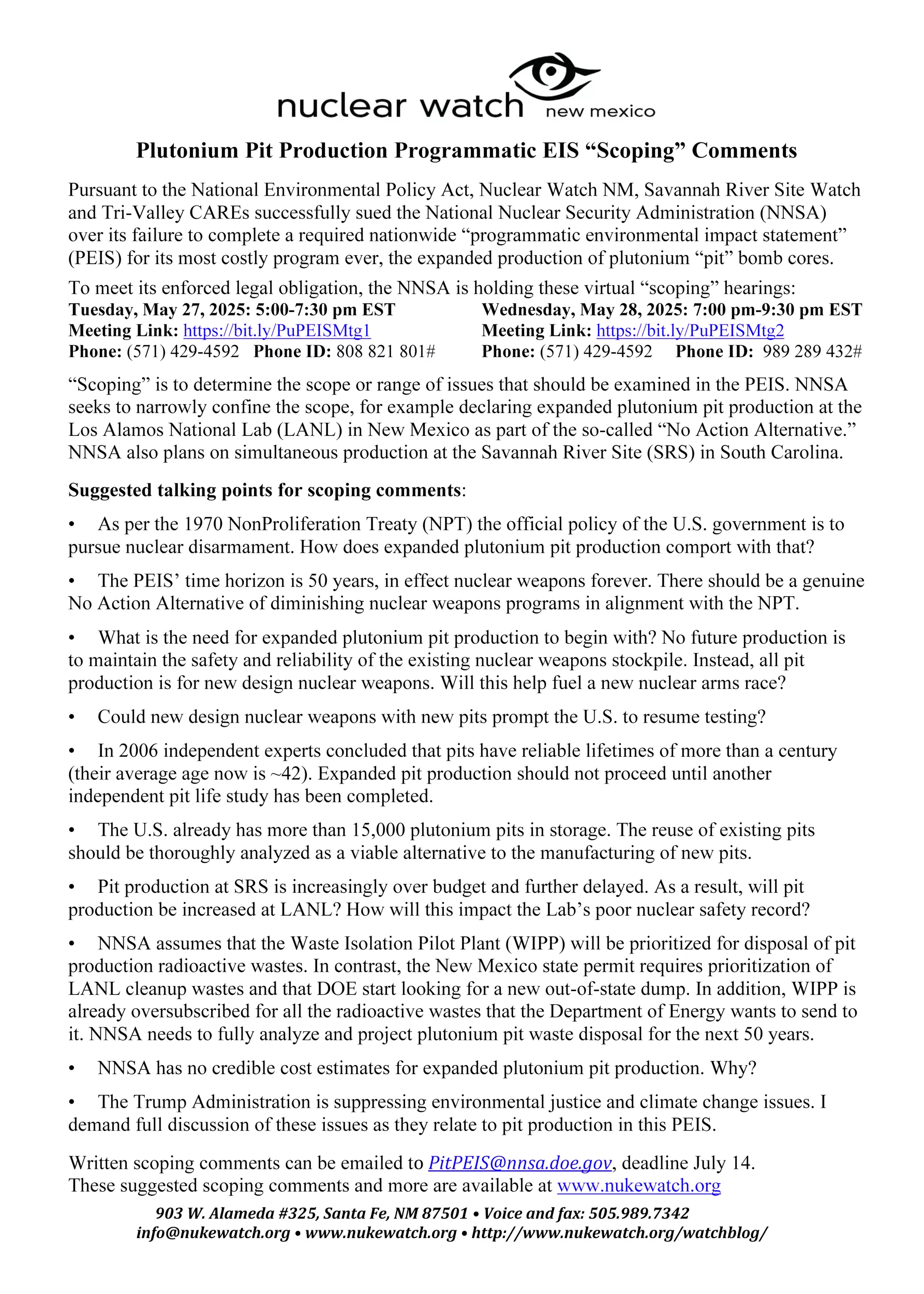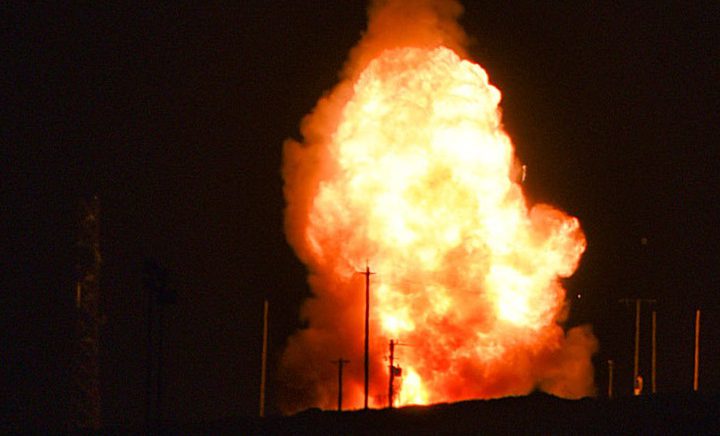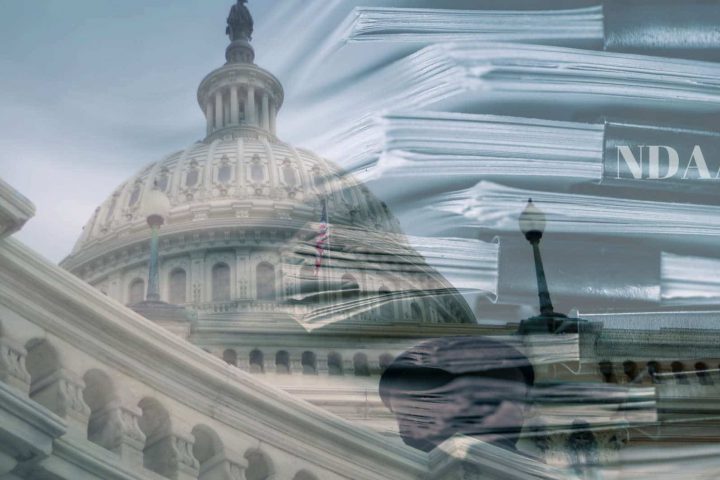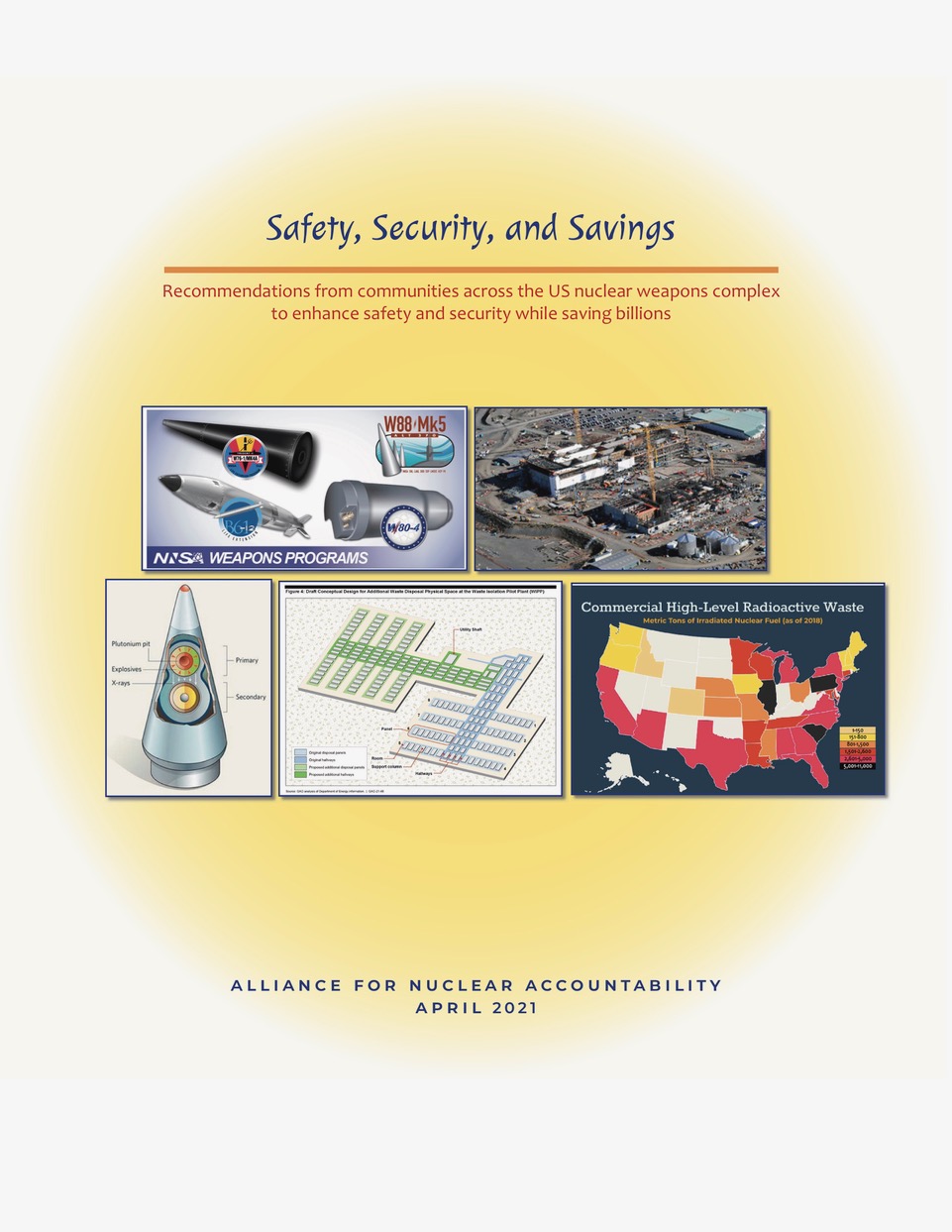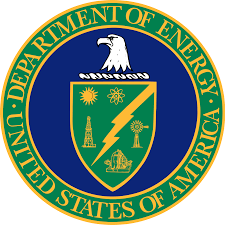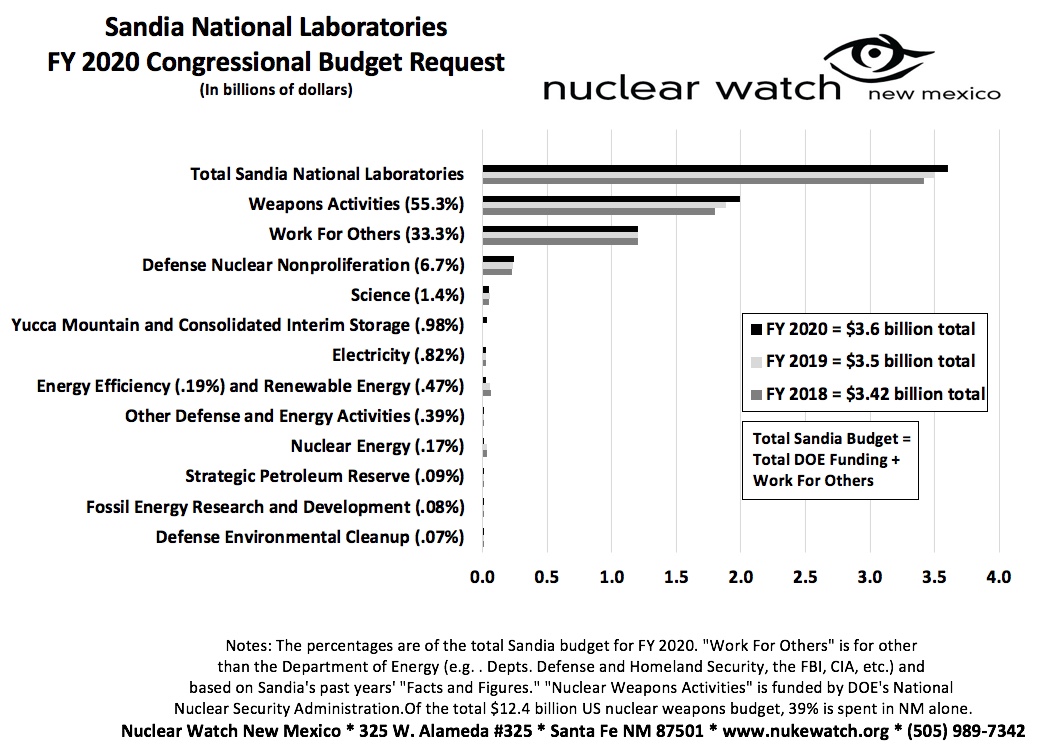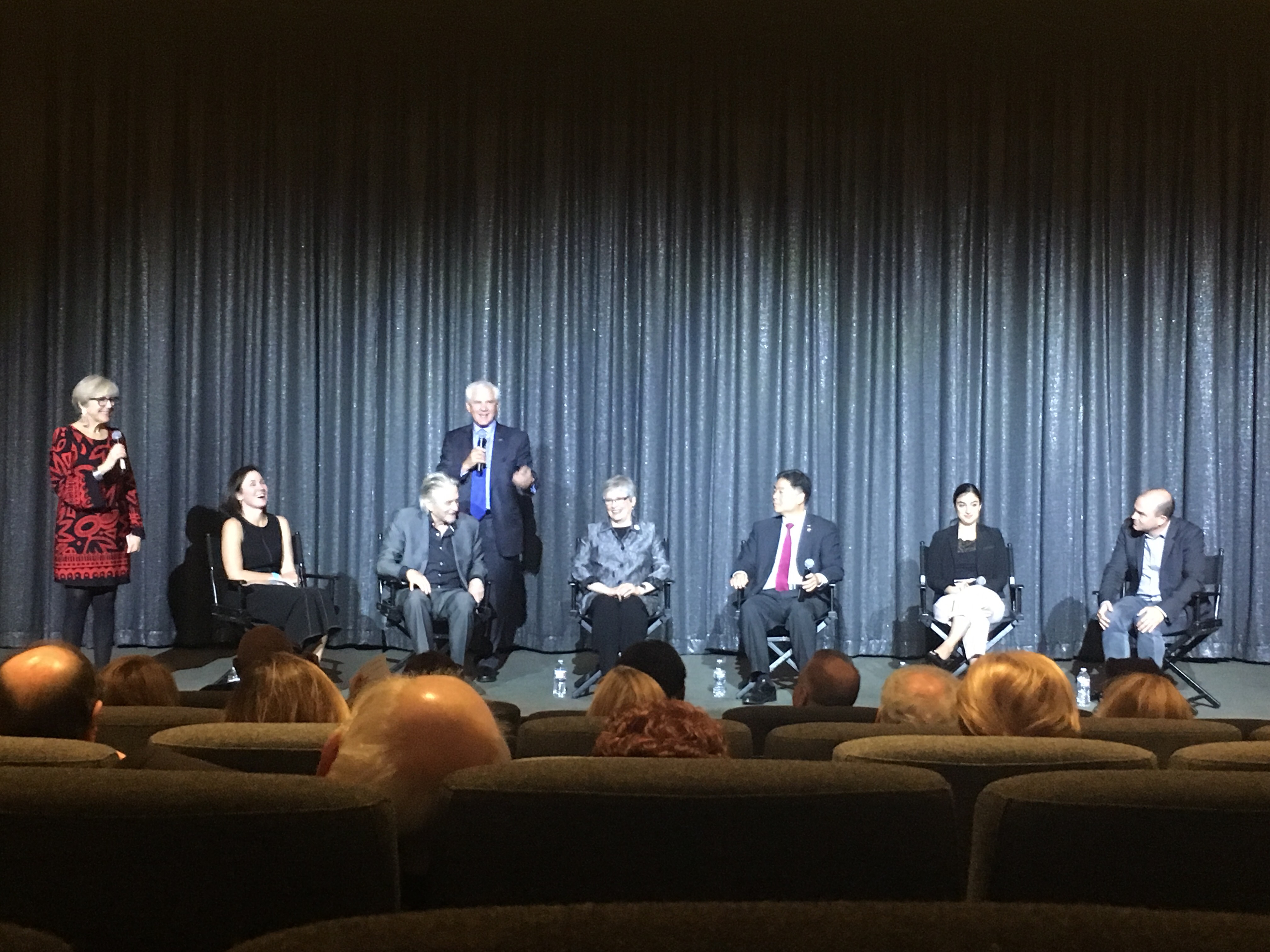NukeWatch NM Commentary: Not to mention Tom Udall’s not-so-unlikely alliance with the nuclear weapons industry in New Mexico. For that he sits on the Senate Energy and Water Development Appropriations Subcommittee, the same seat from which Pete Domenici sent buckets of money to the Los Alamos and Sandia Labs. Except given the beginning of the trillion dollars over 30 years for nuclear weapons “modernization,” Tom is outdoing Pete in supplying money for nuclear weapons programs.
WASHINGTON — Senator Tom Udall of New Mexico has earned a reputation as an environmental champion. He helped lead the fight against oil drilling in the Arctic National Wildlife Refuge and pushed through legislation for a new federal wilderness area in his home state of New Mexico.
It is part of his family legacy, dating back to the Kennedy administration, when his father, Stewart, served as the secretary of interior, and later played a vital role in enacting the landmark Clean Air and Clean Water Acts.
So environmental activists were stunned to learn that Mr. Udall’s political supporters now include the chemical industry, which has donated tens of thousands of dollars to his campaigns and sponsored a television ad that praised his leadership.
This unlikely alliance has been forged as Mr. Udall emerged as the chief Senate negotiator for Democrats on legislation that would fundamentally change the way the federal government evaluates the safety of more than 80,000 chemicals.
Some of Mr. Udall’s Democratic Senate colleagues and prominent environmentalists say he has helped the industry write new regulations in a way that protects profits more than public health.
Senator Barbara Boxer, Democrat of California, who until last year served as chairwoman of the committee that oversees the Environmental Protection Agency, has been the harshest critic of the negotiations between Mr. Udall and Senator David Vitter, Republican of Louisiana, notably over the language that would prevent states from setting their own, tougher standards.
“I’ve been around the Senate for a long time, but I have never before seen so much heavy-handed, big-spending lobbying on any issue,” Ms. Boxer said. “To me it looks like the chemical industry itself is writing this bill.”
Mr. Udall emphatically rejects the notion that he is industry’s emissary. “I am fighting for our children and trying to make sure they are not being pumped full of chemicals in the next generation,” he said. “We can’t do something that is pie in the sky; we have to deal with the reality.”
It is a reality that pleases industry officials who have worked to get close to Mr. Udall over the past 20 months, after the death of Senator Frank R. Lautenberg, Democrat of New Jersey, who once led Democrats in negotiations on a deal with Senate Republicans.
“The leadership he is providing is absolutely critical,” said Cal M. Dooley, a former Democratic representative from California, who is now the president and a lobbyist at the American Chemistry Council, which represents DuPont, Dow and other giants in the $800 billion-a-year industry.
The courting of Mr. Udall, even with Republicans in control of Congress, demonstrates how important securing the support of at least a few Democrats in the Senate is to any corporate agenda in Washington, where almost nothing can emerge from the chamber without 60 votes.
Unlike most industries that fight new federal regulations, the chemical industry wants Congress to act. T he existing fe deral law, adopted in 1976, is so antiquated that individual state governments have imposed their own chemical safety regulations.
The E.P.A. acknowledges there are about 1,000 chemicals used in the United States that might represent health hazards. Asbestos, for example, is still illegal to manufacture and sell, but the agency for decades h as been unable to ban its use.
Industry executives also realize the public is increasingly losing confidence in the safety of common chemicals once routinely found in toys or baby bottles, a fear they say can be addressed with more rigorous regulations.
But some environmental activists involved in the negotiations between Mr. Udall and Mr. Vitter are convinced that Mr. Udall has been too open to pressure from the industry.
“Senator Udall’s strong support for the legislation, in spite of its remaining flaws, has emboldened the chemical industry to take a more aggressive approach in Congress and try to disregard the critique of health experts and state governments,” said Andy Igrejas, national campaign director of a nonprofit group called Safer Chemicals, Healthy Families, which represents hundreds of public health, labor and environmental groups.
The criticism is, in part, a negotiating tactic. The environmental groups still hope to toughen the draft legislation. But the disagreements are real.
The most intense disputes are over the pace the E.P.A. will attempt to test the backlog of chemicals whose safety has never been comprehensively assessed. The speed depends in part on how much the chemical industry must pay to cover the cost of tests and rule-making.
Mr. Udall’s current draft would require the start of testing just 10 high-risk chemicals in the first year, a figure Mr. Udall conceded he wishes could be higher.
But Mr. Udall added that the current draft legislation does give the E.P.A. clearer authority to impose limits on chemicals that its tests show cause any “unreasonable risk of injury to health or the environment.”
Richard Denison, a senior scientist at the Environmental Defense Fund who has been involved in drafting the bill, along with other environmentalists and chemical industry representatives, said this new safety standard language is a major improvement.
“It is not the bill I would have written from scratch,” Mr. Denison said. “But it’s a solid compromise that would be much more protective of public health.”
Still, the chemical industry prefers Mr. Udall and Mr. Vitter over Ms. Boxer. “Senator Boxer can no longer unilaterally stop the progress of reform,” said Anne Womack Kolton, a Chemistry Council spokeswoman.
The Chemistry Council is engaged in an aggressive push to pass the legislation, which will be named after Mr. Lautenberg as another tip of the hat to Democrats.
As part of its push, the Chemistry Council spent more than $4 million during the 2014 election cycle on television and radio spots to help their allies in Congress.
“These days in Washington, it is not easy getting things done,” said the advertisement that ran in New Mexico, featuring images of Mr. Udall. “But New Mexico’s Tom Udall brings both sides together to get results.”
Millions of dollars in campaign contributions were also distributed among the political accounts of the lawmakers involved in the debate, including Mr. Udall. First elected to the House in 1998, Mr. Udall had never before received a contribution from the Chemistry Council. The industry also made donations to Mr. Vitter, who is running for governor in Louisiana, and Representative Fred Upton, Republican of Michigan, the chairman of the House Energy and Commerce Committee, which would oversee the debate in the House.
Lobbyists from at least 100 chemical manufacturers, retailers that sell chemicals or trade associations representing them were registered as of last year to lobby Congress on the topic, disclosure records show, compared with a total of about 15 environmental, public health and educational institutions.
Mr. Udall and Mr. Vitter circulated a new draft on Thursday, but some environmentalists were still critical. The chief lobbyist at the Natural Resources Defense Council said that the law, if adopted without being strengthened, would actually harm public health. And the California attorney general’s office wrote a strongly worded letter late Thursday calling the new draft an “unnecessary evisceration of state regulatory authority.”
Mr. Dooley, of the Chemistry Council, said the industry was pleased with the new draft — and confident that it would prevail.
“This is the best moment, without question,” Mr. Dooley said from his office overlooking the Capitol. “I think we will get 70 votes on the Senate floor, or that is what Senator Udall, who spoke with us the other day, predicted.”


